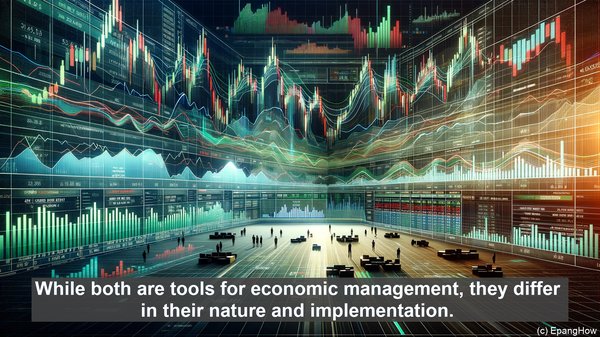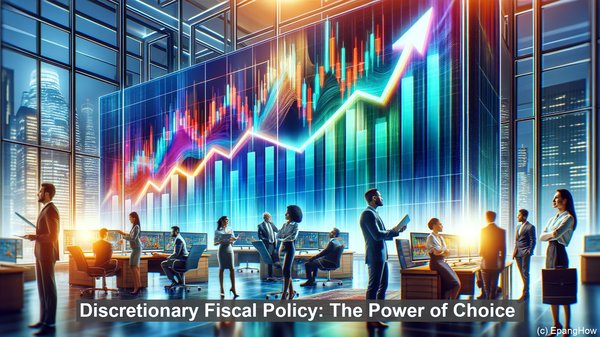Introduction: The Essence of Fiscal Policy
Greetings, ladies and gentlemen! In the realm of economic management, fiscal policy plays a pivotal role. It involves the use of government spending and taxation to influence the overall state of the economy. Today, we’ll delve into two key aspects of fiscal policy: discretionary fiscal policy and automatic stabilizers. While both are tools for economic management, they differ in their nature and implementation.

Discretionary Fiscal Policy: The Power of Choice
As the name suggests, discretionary fiscal policy involves deliberate decisions made by the government to alter its spending or taxation. These decisions are typically in response to specific economic conditions or goals. For instance, during a recession, the government may increase its spending to stimulate demand and boost economic activity. Alternatively, during a period of high inflation, it may choose to raise taxes to curb excessive spending. The key characteristic of discretionary fiscal policy is its flexibility and the ability to tailor measures to address specific economic challenges.
Automatic Stabilizers: The Built-in Safety Net
In contrast to discretionary fiscal policy, automatic stabilizers are pre-existing features of the fiscal system. They are designed to respond automatically to changes in the economy, without the need for explicit government action. Common examples of automatic stabilizers include progressive income taxes and unemployment benefits. During an economic downturn, these stabilizers kick in, providing a safety net for individuals and injecting additional funds into the economy. The beauty of automatic stabilizers lies in their inherent responsiveness, as they adjust in line with economic conditions.

The Timing Factor: Speed vs. Lag
One crucial distinction between discretionary fiscal policy and automatic stabilizers is the timing of their impact. Discretionary measures often require time for planning, implementation, and subsequent effects. For instance, a decision to build infrastructure may take months or even years to materialize and generate economic activity. In contrast, automatic stabilizers can provide immediate support. Unemployment benefits, for example, offer swift assistance to those who have lost their jobs, helping to maintain their purchasing power and stabilize demand.
The Predictability Quotient: Certainty vs. Uncertainty
Another aspect where discretionary fiscal policy and automatic stabilizers differ is predictability. Discretionary measures are subject to political processes and can be influenced by various factors. As a result, their implementation and impact may be less certain. On the other hand, automatic stabilizers are built into the system, with clear rules and mechanisms. This inherent predictability can be reassuring for individuals and businesses, as they know that support will be available during economic downturns without the need for prolonged debates or negotiations.
The Combined Approach: A Dynamic Duo
While discretionary fiscal policy and automatic stabilizers have their distinct features, they are not mutually exclusive. In fact, they often work in tandem, complementing each other in economic management. During times of crisis, such as the recent global pandemic, governments have employed both discretionary measures, such as stimulus packages, and relied on automatic stabilizers, such as expanded unemployment benefits, to provide comprehensive support. This combined approach allows for a multi-faceted response, addressing immediate needs while also ensuring long-term stability.
